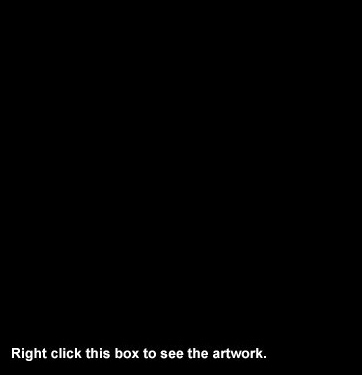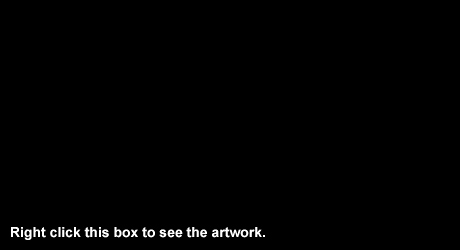English for Art and Design: Depth (1996/2012)
Page 2 of 2
Exercise 2: Visual Analysis
Look at the images and put a check next to the techniques that the artist used.
-

A. Cimabue. Madonna Enthroned, (c.1280-90). Tempera on panel, 12’ 7 1/2" X 7’ 4". Uffizi Gallery, Florence.
___ depicted objects are clearly defined in the foreground / blurry in the background
___ uses isometric perspective
___ uses atmospheric perspective
___ uses linear perspective
___ parallel lines are far apart in the foreground / closer together in the background
___ overlaps things
___ things are in greater detail in the foreground / are in less detail in the background
___ things are large in the foreground / small in the background
___ things have a rough texture in the foreground / have a smooth texture in the background
___ things have intense colors in the foreground / greyed, or dulled, colors in the background
___ depicted objects are clearly defined in the foreground / blurry in the background
___ uses isometric perspective
___ uses atmospheric perspective
___ uses linear perspective
___ parallel lines are far apart in the foreground / closer together in the background
___ overlaps things
___ things are in greater detail in the foreground / are in less detail in the background
___ things are large in the foreground / small in the background
___ things have a rough texture in the foreground / have a smooth texture in the background
___ things have intense colors in the foreground / greyed, or dulled, colors in the background
-

C. Pablo Picasso. Les Demoiselles d’Avignon, (1907). Oil on canvas, 8’ x 7’ 8" (243.9 x 233.7 cm). The Museum of Modern Art, New York.
___ depicted objects are clearly defined in the foreground / blurry in the background
___ uses isometric perspective
___ uses atmospheric perspective
___ uses linear perspective
___ parallel lines are far apart in the foreground / closer together in the background
___ overlaps things
___ things are in greater detail in the foreground / are in less detail in the background
___ things are large in the foreground / small in the background
___ things have a rough texture in the foreground / have a smooth texture in the background
___ things have intense colors in the foreground / greyed, or dulled, colors in the background
Discuss: What things did Picasso do to create shallow space?
Example: He didn’t use... Instead, he...
-

D. Leonardo da Vinci. Mona Lisa, (c. 1503–1519). Oil on poplar, 77 × 53 cm (30 × 21 in). Musée du Louvre, Paris.
___ depicted objects are clearly defined in the foreground / blurry in the background
___ uses isometric perspective
___ uses atmospheric perspective
___ uses linear perspective
___ parallel lines are far apart in the foreground / closer together in the background
___ overlaps things
___ things are in greater detail in the foreground / are in less detail in the background
___ things are large in the foreground / small in the background
___ things have a rough texture in the foreground / have a smooth texture in the background
___ things have intense colors in the foreground / greyed, or dulled, colors in the background
Exercise 3: Oral Presentation on Depth
In small groups, select an image from above and prepare an oral presentation. Did the artist choose to make a strong illusion of depth / shallow space / a relatively flat image / a very flat image?
Optional introductions:
In Artwork X, the artist was interested in creating deep space / shallow space / flatness...
Presentation Practice:
A. Practice explaining the artist’s approach to depth.
B. Give clear examples.
C. Practice speaking and pointing to the picture.
Exercise 4: Listening for Details
When you listen to each student presentation, first look at your checklist for the works by Cimabue, Muli, Picasso, and Leonardo. How did the artist approach depth? Then take notes: what examples did the students give to support their ideas?
Exercise 5: Writing
You are Leonardo da Vinci’s art teacher. Poor Leonardo, he has done the assignment incorrectly. You wanted him to make a painting with very shallow depth. In your essay, give instruction to Leonardo on how to change the Last Supper.

